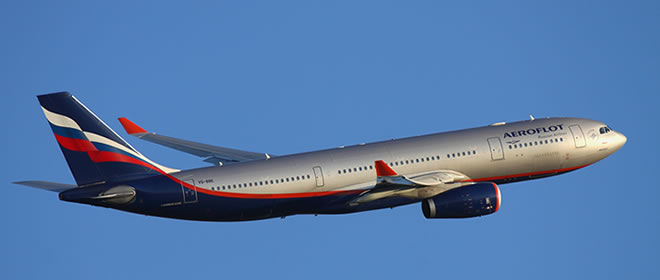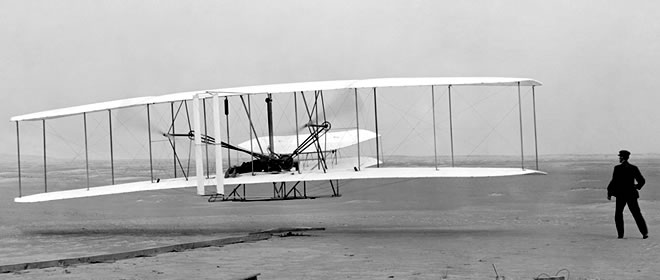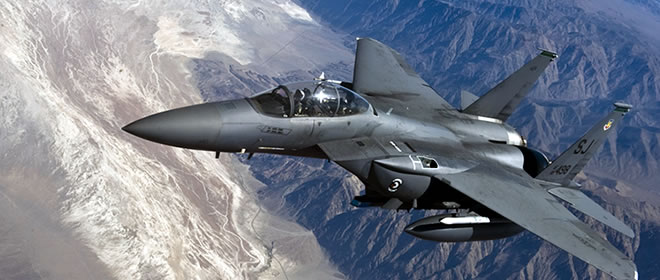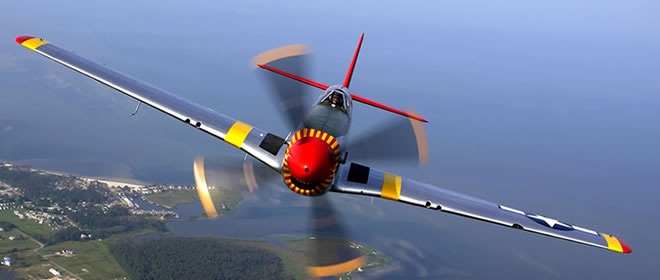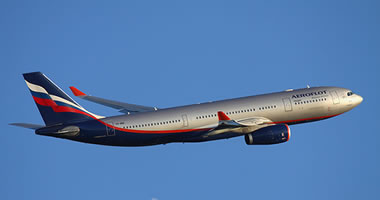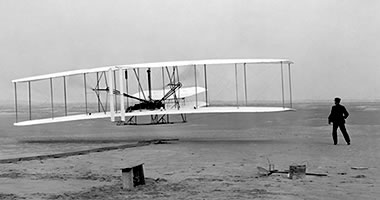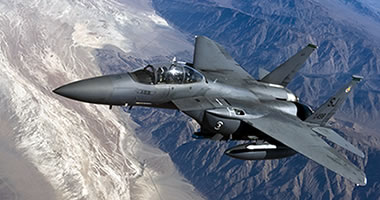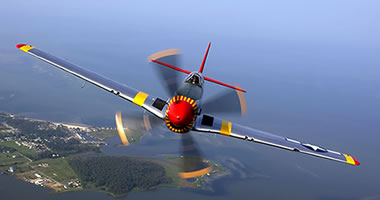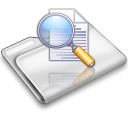Longman Aerodrome
LONGMAN AERODROME: Civil regional airport (See SEAFIELD for previous use)
(aka LONGMAN’S FIELD and later RAF INVERNESS)
Note: What now seems certain is that Fresson extended his aerodrome across the Longman Road at some point in the mid 1930s, and that his aerodrome was later absorbed into the RAF aerodrome. It seems likely that once the SEAFIELD aerodrome was extended, it was generally called if not officially renamed as LONGMAN aerodrome.
Note: These six maps and the picture were kindly provided by Mr Michael T Holder
The aircraft in the 1947 aerial photo above is a BEA (British European Airways) Junkers Ju-52/3m - they had a fleet of ten operating until 1948.
Operated by: Civil from 1933 to 1939: Highland Airways
Note: This lovely painting from a postcard was kindly sent by Mike Charlton who has an amazing collection. See, www.aviationpostcard.co.uk
It is dated 1934 which appears about right as many aerodromes in the 1930s were not officially opened until well after flying operations had commenced. The picture shows a de Havilland DH84 Dragon of Highland Airways but I cannot trace a Dragon with what appears to be the registration G-ACCE or G-ACCF. Can anybody offer advice? On the other hand, in the background taking-off, is probably the Monospar ST.4 G-ACEW?
Military: 1939 to 1945 RAF Fighter Command 13 Group
614 Sqdn (Westland Lysanders and Blackburn Rocs)
Reports vary, some say it closed in 1945, others reckon 1947
Location: Virtually in Inverness today, N of the town centre, W of the A82. Now an industrial estate near the railway sidings
Period of operation: Civil: 1933 (possibly earlier?) to 1939? Military: 1939 to 1945?
Note: Both of these pictures were kindly provided by Mr Michael T Holder
Runways: As this rather poor photograph taken in 1936 shows, there were two very distinct runways of about equal length in a ‘X’ arrangement. Each was 1600 feet long, just shy of 500 metres.
WW2: NE/SW 1152 grass E/W 1342 grass
NOTES: It seems likely that ‘Ted’ Fresson may well have used LONGMAN’S FIELD when, as a director of North British Aviation based at HOOTON PARK (CHESHIRE), he flew their Avro 504Ks (usually G-EBGZ) and the Gipsy Moth G-AAWO (which then belonged to Miss Heloise Pauer) on joy-riding tours of northern Britain from 1929 to 1932. Perhaps he developed a ‘soft-spot’ for G-AAWO as it appears in the Highland Airways fleet compiled below. Or perhaps it just came on the market at a good price?
However, further research indicates that he probably used SEAFIELD initially - see seperate listing. SEAFIELD later merged into what became the larger LONGMAN aerodrome.
A FLYING CIRCUS VENUE
It now appears very likely that during the 1932 National Aviation Day display tour by the Alan Cobham organisation the display on the 22nd September occurred here? The address being: ‘Seafield, Longman Road’. See seperate listing for SEAFIELD.
HIGHLAND AIRWAYS
On the 8th May 1933 Ernest Edmund ‘Ted’ Fresson’s newly formed Highland Airways began a Inverness to Kirkwall service in the ORKNEY ISLES (WIDEFORD?) via WICK, the service using the Monospar ST.4 G-ACEW. It was officially opened as a municipal airport on the 17th June 1933 by the Duke and Duchess of Sutherland. They were from a family dedicated to developing the region and indeed, their forefathers had paid for a railway to be extended from Inverness to their estate situated further north.
Highland Airways later included Thurso, (WEST MURKLE), to the service from late May (?) to September 1933. In 1934 Highland Airways was given an air mail contract and obtaining such contracts appears to have been a major factor in securing survival for many regional airlines and were much prized. By 1935 Aberdeen (DYCE) was also included where he competed head-on with Gander Dower’s Aberdeen Airways. Fresson and his Highland Airways being forced out.
THE HIGHLAND AIRWAYS FLEET
It has to be pointed out that I have found at least two conflicting accounts of what the fleet comprised. It would appear (?) that some have not realised that after merging with United Airways in 1935, Highland Airways ceased to exist in 1936. (Or so it is claimed). This project is of course, just a 'Guide', and the amount of time that can be afforded to any single listing has to limited. Even so, a quick delve reveals that although one account says that G-ADCT was a DH89A Dragon Rapide, it was in fact a DH84 Dragon. A good example of, although trying to get the record straight, one can only go so far.
The Highland Airways fleet (1933 to 1936) included the following aircraft:
DH.60 Moth G-AAWO
DH.84 Dragon G-ACCE, G-ACET, G-ACGK, G-ACIT and G-ADCT
DH.89 Dragon Rapide G-ADAU and G-AEWL
Monospar ST.4 G-ACEW
WORLD WAR TWO
In early 2013 I found an account by local historians stating that LONGMAN AERODROME was used in WW2, by for example 614 Sqdn flying Westland Lysanders and Blackburn Roc dive-bombers.
Listed as being non-operational in late 1944 but nevertheless a ‘skeleton’ staff of 274 RAF personnel plus 55 WAAFs are listed as being on station
POST WW2: AN INTERESTING DETAIL
What I find interesting is that even in 1948 the Dragon G-ACIT was still being used – albeit flying from DALCROSS at that time? I’d reckon there was a very good reason for this because the Dragon was an ideal short-field machine, very much the antecedent to the Britten-Norman Islander and far superior for short-field operations than the Dragon Rapide.
THE END WAS NIGH
These two very rare pictures were taken by Graham Innes, only a couple or years before being demolished in 1989. It is a fact of life that although the landing areas of aerodromes can be quite lovely to contemplate, the infrastructure, as often as not - is as ugly as sin - especially in the U.K.
George MacRae
This comment was written on: 2017-01-06 19:04:30Can you please let me know if I can access details of the "skeleton" staff of 274 RAF personnel + 55 WAAFs listed as being on Station
Reply from Dick Flute:
Hi George, A good question to which I do not have a definitive answer. It is quite possible that the RAF Museum at Hendon could help, as might the Imperial War Museum. Another possibility is the Public Records Office at Kew. All of which are in London of course. I have also come across a couple of web-sites which could prove useful - but cannot remember their names. Hope this helps, Regards, Dick
We'd love to hear from you, so please scroll down to leave a comment!
Leave a comment ...
Copyright (c) UK Airfield Guide
